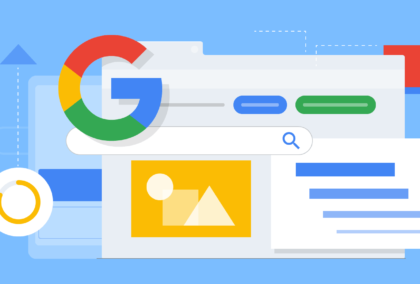The Ecommerce market is in its prime phase of growth where almost every brand or business is starting to sell its products online. Even though the online shopping market is highly competitive, it still is an efficient way to generate consistent revenue for your business.
Ecommerce websites enable customers to find, compare, and purchase desired products easily with the help of smartphones, laptops, etc.
For all this to happen, you need a well-designed eCommerce website that meets the online standards set by leading platforms. You may connect with an eCommerce website development company for the effective creation of your website. Given below are the different steps in developing an efficient eCommerce store.
Choosing The Best eCommerce Solutions
The first step of eCommerce website development is to choose the best suitable eCommerce solution that can make your website a fully-functional online store that is integrated with all the required features. This includes an eCommerce Content Management System (CMS) and a suitable eCommerce website hosting plan that meets your budget, performance, and expected visits to the online store. Once you have the perfect eCommerce solution provider, you can ensure flawless website performance.
Coming Up With a User-Friendly Website Design
In order to provide a competitive advantage, your eCommerce website should provide a comfortable and engaging user interface. A user interface (UI) is basically the user-facing design of a website. A good user interface design is important for any eCommerce website to provide easy navigation and an engaging shopping experience to the customers across all platforms. In order to create a user-friendly website design, you must take these aspects into consideration.
- Load Speed
The loading speed of your website is an important aspect that determines user experience. Studies suggest that almost 60 percent of the customers bounce back from an eCommerce website if the loading time is more than 3 seconds. Thus, to keep your potential customers engaged, you should optimize your website content so that it loads fast.
- Product Recommendation
Product recommendations can boost customer experience by engaging them on the website. This can be done with the help of effective UI research, where you can recommend related products to relevant customers according to their interests.
- Call-To-Action
Every page of an eCommerce website should have a call to action that urges the visitor to check out the desired product or a category of products.
- Product Images
Relevant and detailed product display images will provide your potential customer the benefit of completely understanding the products they wish to choose.
- Customer Ratings
Customer ratings should be displayed honestly so that your potential customers know the strength and weaknesses of a product before purchasing it. This can also provide an advantage for other related products that provide a different advantage.
Choosing The Payment Gateway
When it comes to eCommerce businesses, it is important to choose a payment gateway that meets the requirements of both the business and its customers. The perfect payment API(application programming interface) will help you to manage all kinds of payments and also ensure the speed and security of all transactions. It also plays a significant role in tracking orders and securely storing customer data.
Website Testing and Launching
Once you have fully designed your eCommerce website, the next step is to test its functionality before launching. This includes testing its responsiveness, navigation, ease of completion of purchases, secure transactions, and each and every aspect of your eCommerce store. Once everything is as planned, you can launch your eCommerce website for potential customers to visit and make purchases.
Promoting Your eCommerce Business
In order to promote it, you should come up with effective digital marketing strategies for your eCommerce store. The first thing to do is to implement a customized eCommerce SEO strategy for your website in order to improve the organic traffic of potential buyers through search engines. You may also use paid search engine ads to rank better in relevant search results. Marketing campaigns can be carried out through social media and email to attract the relevant users towards related and new products. Apart from all these, you may offer coupons and discounts to your regular customers, which will improve brand loyalty, personality, and awareness.
As we have seen, developing an eCommerce website is not an easy task. But it can be made effective by following these basic steps that lead to a perfect eCommerce business.



